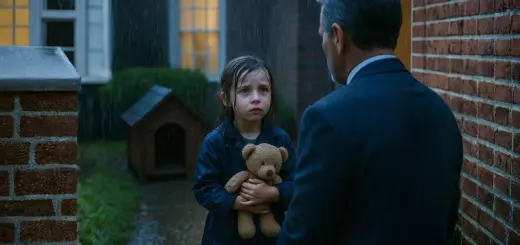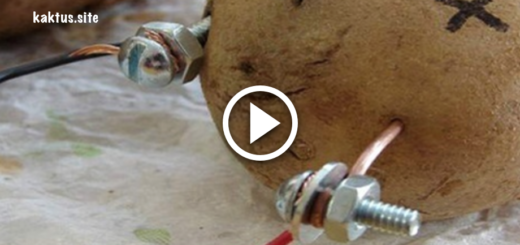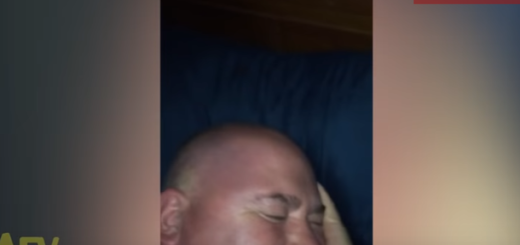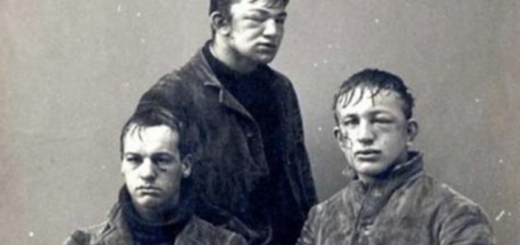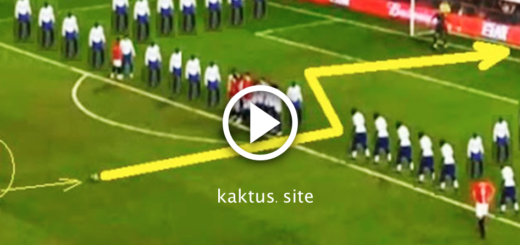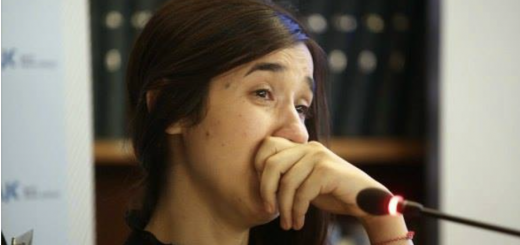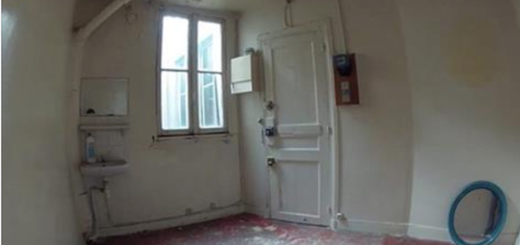She told me she didn’t agree with any of it but was afraid of being cut off from the family and losing the financial help she got from her mother. But now, seeing how far they were going—dragging a child into this, trying to manipulate the court—she decided to walk away. «Do whatever you want with it,» she said, sliding a flash drive across the table. «Just keep me out of it.»
I took the flash drive with shaking hands. The rage I felt was unlike anything before—colder, heavier. The pain wasn’t just emotional anymore; it was a turning point. I now had direct, detailed, premeditated, and legally admissible proof of the plan.
My plan for silent revenge had just evolved into something bigger. Now I could expose not just the actions but the intention. I brought everything to my lawyer. She read the email in silence for a long time, then looked at me and said, «You’ve got a case for defamation, illegal surveillance, emotional abuse, and attempted judicial fraud.» It was more than I expected.
She drafted a new motion based on the evidence, and the judge approved it in less than seventy-two hours. From that moment, legally, neither my husband nor my mother-in-law could come near me or our son. Even so, I went ahead with the dinner. I made sure to keep the invitation, kept smiling, and pretended everything was fine. They thought they’d corner me with one last move, but I was the one directing the script.
I hired a tech to run the projector, had the videos ready to go, set up the chairs, and put flowers on the tables. Soft music played, creating a peaceful vibe—all an illusion. The morning of the dinner, I got an anonymous message: «Don’t trust anyone today. Not even the ones who smile.» For a moment, I hesitated. Were they planning something else? A last-minute twist? But I was ready.
Nothing they said or did could change what was coming. They wanted family drama, wanted to play dirty. They were about to taste the bitter flavor of their own cruelty. They all showed up with rehearsed smiles, hugged me, called me strong, and asked how I was. My mother-in-law even brought flowers.
But when the lights went out and the projector came on, silence hit the room like a heavy curtain. The room darkened, and the video began with the gentlest image possible: me, reading a story to my son. Then the screen flickered, and an audio recording played. It was my mother-in-law’s voice. «She’ll destroy herself. We just need to give her a little push.»
Some people chuckled, unaware of the context, while others looked around, visibly uncomfortable. Then came the blow: side-by-side footage of the edited videos versus the originals. The montage clearly showed the manipulations. One video showed my supposed meltdown late at night; next to it, the original revealed I was simply crying quietly while reading a farewell letter from my late father.
The distortions were grotesque, and faces in the room began to shift. The silence was broken by a harsh thud—my mother-in-law’s hand slamming the table. «You set all this up!» That’s when her husband stood up. For the first time, he raised his voice. «You set it up, Agnes. Not her.»
Everyone turned toward him. «I bought the first camera, but I never knew you were manipulating the child. You’ve gone too far.» My mother-in-law gasped, looking around as if searching for an exit, an ally, a lifeline. But everyone was watching now, and no one moved.
My husband tried to cut the projector. He got up and rushed to the tech booth, but the technician I hired was ready. «There’s one more part,» he said, glancing at me. I gave the nod. The next clip was of my husband telling his lawyer, «I’ll push her until she loses custody. Then we’ll get the house and the kid.»
A woman from his family started crying. An uncle stood up and walked out. My son wasn’t there, thank God; he spent the weekend at a friend’s house as part of my plan. I didn’t want him to see any of this, not yet, but it had to be done. This was my revenge—real, cold, painful.
It was the moment where each of them would have to look into their own reflection. I didn’t want applause; I wanted justice. And in that room, I finally felt it. At the end, no one could look me in the eye. Some apologized, others left in silence. My mother-in-law sat frozen.
Her husband stepped away from her. My husband just stared at me as if he couldn’t believe he’d lost. He muttered, «You ruined everything.» I replied, «I just took off your masks. The rest, you did all by yourselves.» I stood up, walked out, and left them all to sink.
In the car, I took a deep breath. My heart was still racing, but not from fear—from relief. My phone buzzed with a new court notification. The judge had approved the request for full temporary custody, with a complete no-contact order until the next hearing. The words on the screen felt like a hug.
I had won, but something was still missing. Something no one in that room expected, not even me. I got home, took off my shoes, and dropped onto the couch. But when I turned on the light, I saw a white envelope sitting on the table. No name, no return address. Inside, there was only one photo of me, asleep. On the back, handwritten: «You still don’t know what I’m capable of.»
I held the photo with trembling hands. It was recent—my hair, the sheets, even the book fallen beside me, it all matched the night before. Someone had been inside my house while I slept. After everything I’d exposed, after all the court orders, someone still got through my door.
The fear sank in slowly, like poison. I wasn’t safe; I never had been. I looked around. The windows were locked, and so was the front door. But what about the back? The spare keys my mother-in-law used to have? Or worse, did my own husband still have secret access?
I rushed to check every lock, every crack. It was like reliving the trauma of the hidden cameras, but now the threat was physical. I was sleeping under the same roof where monsters still roamed free. I called my lawyer immediately. She was blunt. «Don’t panic. Put the photo in a plastic bag and take it to the police first thing tomorrow.»
That’s exactly what I did. The next day, I filed a report for trespassing and stalking. The police came to my house, asked questions, and examined the envelope. But deep down, I knew it would be hard to find the person if they were already this close.
I spent the next few nights sleeping with the lights on, a kitchen knife hidden under my pillow. Any sound made me sit upright. I was on the verge of a breakdown, which is exactly what they wanted. They wanted me unstable enough to give up, to walk away from my own freedom. But if there’s one thing I learned from this war, it’s that desperation isn’t weakness—it’s fuel.
My lawyer filed a new request for a full perimeter restriction covering my house, street, and surrounding areas. This time, the judge didn’t hold back. A security order with electronic monitoring was granted. If anyone got close, I’d get an alert. But even then, it didn’t bring peace, because the real violence wasn’t just physical. It was mental and emotional, and they knew how to play that game.
With the case ongoing, my husband started playing the victim. He told his family I’d kicked him out unfairly and posted old pictures with our son, adding captions like, «Absent father, thanks to alienation.» He gained support from people who had no idea what he’d done. I got attacked online, called cruel, unstable, and opportunistic.
The pain came back, but this time, I had armor. I created an anonymous account and started posting the videos, one by one, with dates, context, and short captions. No personal attacks, just facts. What started with ten views turned into ten thousand, then a hundred thousand. In just a few days, local news outlets began reporting on the case as an example of psychological abuse and family manipulation.
I got messages of support from other women, from mothers, from sons. My voice started to grow. But one quiet night, I got a phone call that made my blood freeze. The number was unknown. The voice on the other end was low, metallic, disguised. «You’re exposing too much, and we’re not the only ones watching now.» The line went dead.
In that moment, I realized my revenge was working, but maybe I had awakened someone even worse than I imagined. I stood there holding the phone, staring at nothing. That voice wasn’t my mother-in-law’s or my husband’s. It was something else—colder, more distant, like someone watching from the outside and getting irritated.
I started wondering who else might have something to lose, who else would want to silence me or bury this story. Then it hit me: maybe this went deeper than I thought. That week, my most shared video was the one of my husband plotting with his lawyer to take my son and the house. The fallout exploded.
A TikTok creator covered my story, and soon after, I got a message from a woman saying, «He did something similar to me years ago, but no one believed me.» That lit a spark. Had my husband tried this before? I asked my lawyer to look into his public records. We found he’d been named in a similar custody dispute, but the case never moved forward. The woman had dropped it, maybe out of fear or exhaustion.
I tried contacting her, and to my surprise, she responded. We arranged to meet, and what she told me made my stomach turn. The tactics were identical; the pattern was obvious. She’d been recorded, discredited, and isolated. But in her case, he had help from a family friend, someone influential who helped cover it all up. That man’s name? An old acquaintance, the partner at the law firm where my husband worked.



